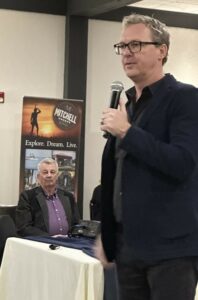
Keynote speaker Doug Griffiths shared his perspective on community challenges and successes.
NCRPC capped off the year with a 50th Anniversary Banquet on November 10 in Beloit.
Approximately 120 people from throughout the region attended the event, which was also hosted on behalf of affiliate North Central Kansas Community Network, Co. (NCKCN).
One of the evening’s highlights was the keynote address by Doug Griffiths, community strategist and author of two best-selling editions of “13 Ways to Kill Your Community.” In his presentation, he outlined seven of the 13 ways in which he said communities may undermine their success — sometimes without even knowing it.
- Forget the water – quality and quantity
- Don’t attract businesses
- Don’t engage youth
- Deceive yourself (Don’t assess your community’s need or values)
- Live in the past
- Don’t cooperate
- Don’t take responsibility
He shared brief anecdotes and lessons learned through his work advising and consulting with communities. Regarding engaging youth, he shared that the nature of youth is to go off and explore. The goal is not to keep them from doing that, but to give them a reason to want to return.
“We have to stop being so negative about our communities,” Griffiths said. “We also need real engagement. It is not a matter of how you’re going to be effective but how you’re going to stay relevant.”
Griffiths closed by challenging the audience when it comes to taking responsibility. “If we want a solution, we have to go back to community building and helping each other,” Griffiths said.
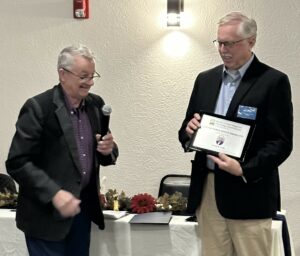
NCRPC Executive Board Chair Tom Claussen (left) presented John Cyr with the inaugural NCRPC Lifetime Public Service Award.
Another highlight of the evening was the presentation of the inaugural Lifetime Public Service Award to John Cyr. He dedicated his career to the region, much of which was spent as NCRPC Executive Director, and he is passionate about rural development and North Central Kansas. The NCRPC Executive Board plans to present an award annually to an individual, group or organization that has been distinguished by contributions to communities in the region over many years.
This article appeared in the Quarter 4 2022 NCRPC Newsletter.

 Employers may be eligible for reimbursement to help cover job training costs of candidates meeting certain criteria.
Employers may be eligible for reimbursement to help cover job training costs of candidates meeting certain criteria. “Lifesaving.” That was the single word a weatherization client recently used to describe the help received through the Weatherization Assistance Program. The NCRPC administers the program for 41 Kansas counties.
“Lifesaving.” That was the single word a weatherization client recently used to describe the help received through the Weatherization Assistance Program. The NCRPC administers the program for 41 Kansas counties. High school seniors in North Central Kansas are invited to compete for a chance to win $1,000 by submitting an essay or short video in the 2022-2023 Rural Voices Youth Contest. Entries should be reflective of this year’s contest theme, which is “Rural Kansas…Working Together.”
High school seniors in North Central Kansas are invited to compete for a chance to win $1,000 by submitting an essay or short video in the 2022-2023 Rural Voices Youth Contest. Entries should be reflective of this year’s contest theme, which is “Rural Kansas…Working Together.”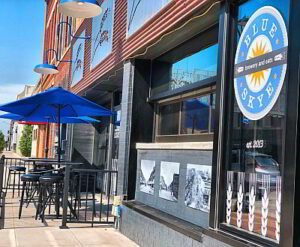

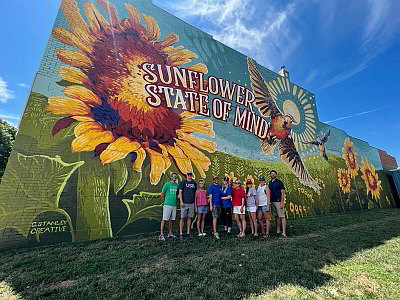
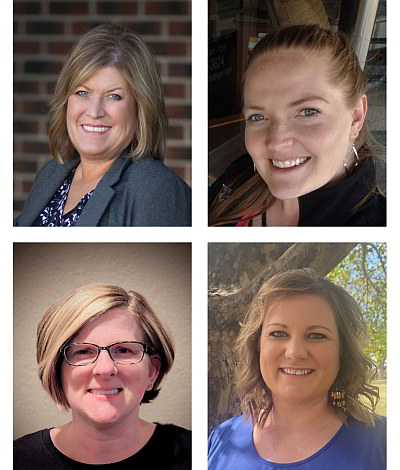
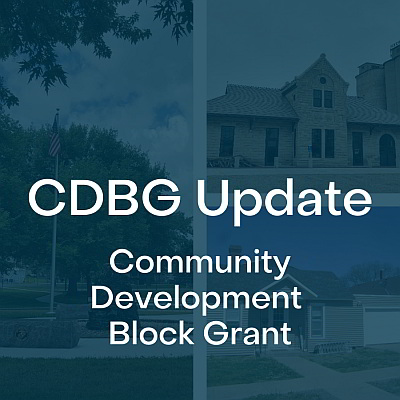 Details for FY 2023 projects were recently released at the Application Workshop. Unless otherwise stated below, application deadlines have been moved from their traditional fall dates to February 1, 2023.
Details for FY 2023 projects were recently released at the Application Workshop. Unless otherwise stated below, application deadlines have been moved from their traditional fall dates to February 1, 2023. The pilot project known as the North Central Kansas Regional Relocation Program seeks to make home ownership more affordable for those relocating to the region by reducing the barriers of down payments and closing costs. It offers a combination of a 0% down payment assistance loan of $10,000 and closing cost grant of $2,500 when purchasing a home of $50,000 or greater. Eligible home purchase types include existing homes, existing homes with planned/financed upgrades totaling $50,000 or greater, manufactured homes including lot and infrastructure, or new construction. Funds are limited and available on a first come, first served basis. The program officially launched August 15, 2022.
The pilot project known as the North Central Kansas Regional Relocation Program seeks to make home ownership more affordable for those relocating to the region by reducing the barriers of down payments and closing costs. It offers a combination of a 0% down payment assistance loan of $10,000 and closing cost grant of $2,500 when purchasing a home of $50,000 or greater. Eligible home purchase types include existing homes, existing homes with planned/financed upgrades totaling $50,000 or greater, manufactured homes including lot and infrastructure, or new construction. Funds are limited and available on a first come, first served basis. The program officially launched August 15, 2022. The 2022 event marks the 50th anniversary of the North Central Regional Planning Commission. The banquet is also hosted on behalf of NCRPC affiliate,
The 2022 event marks the 50th anniversary of the North Central Regional Planning Commission. The banquet is also hosted on behalf of NCRPC affiliate, 